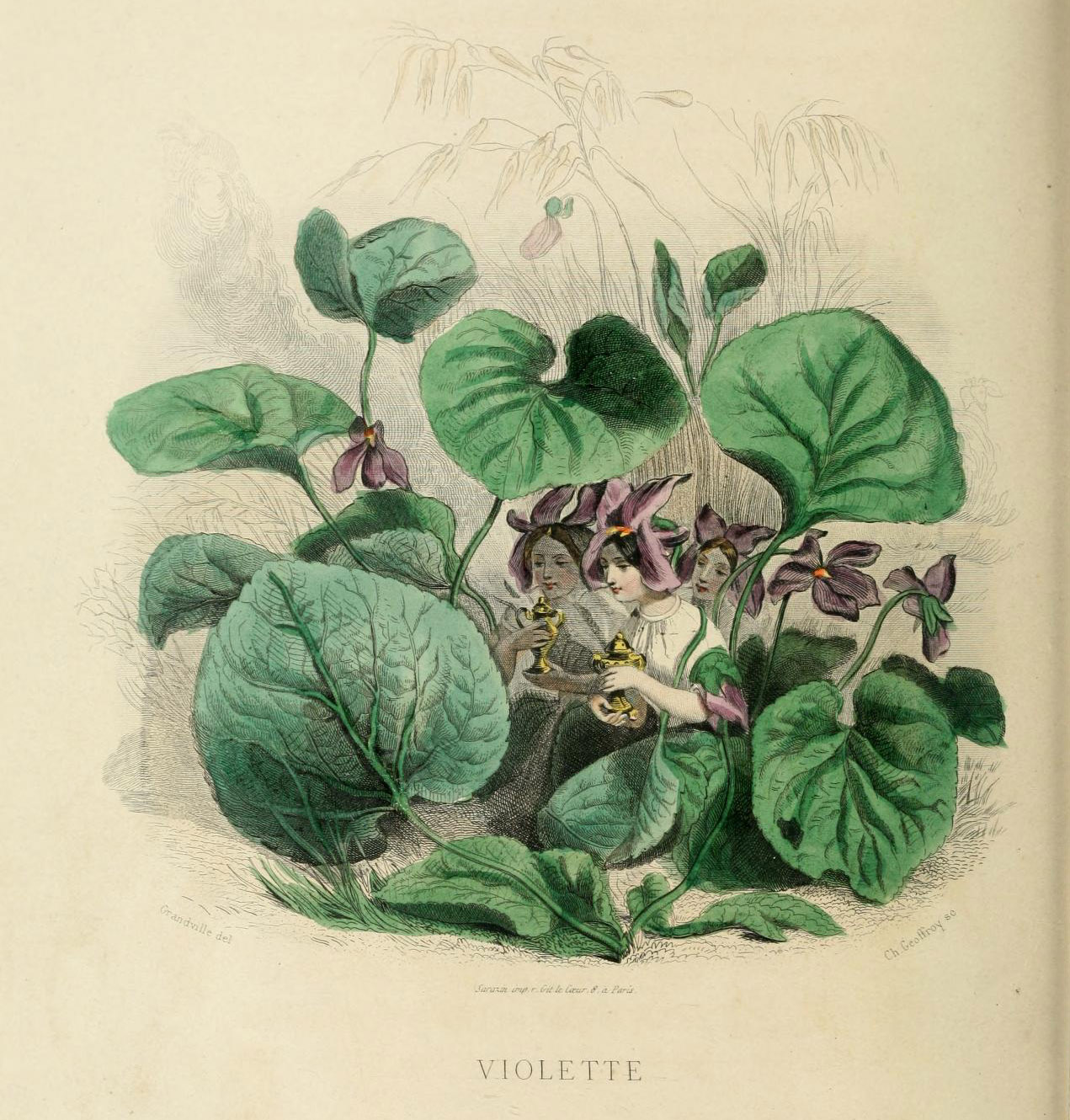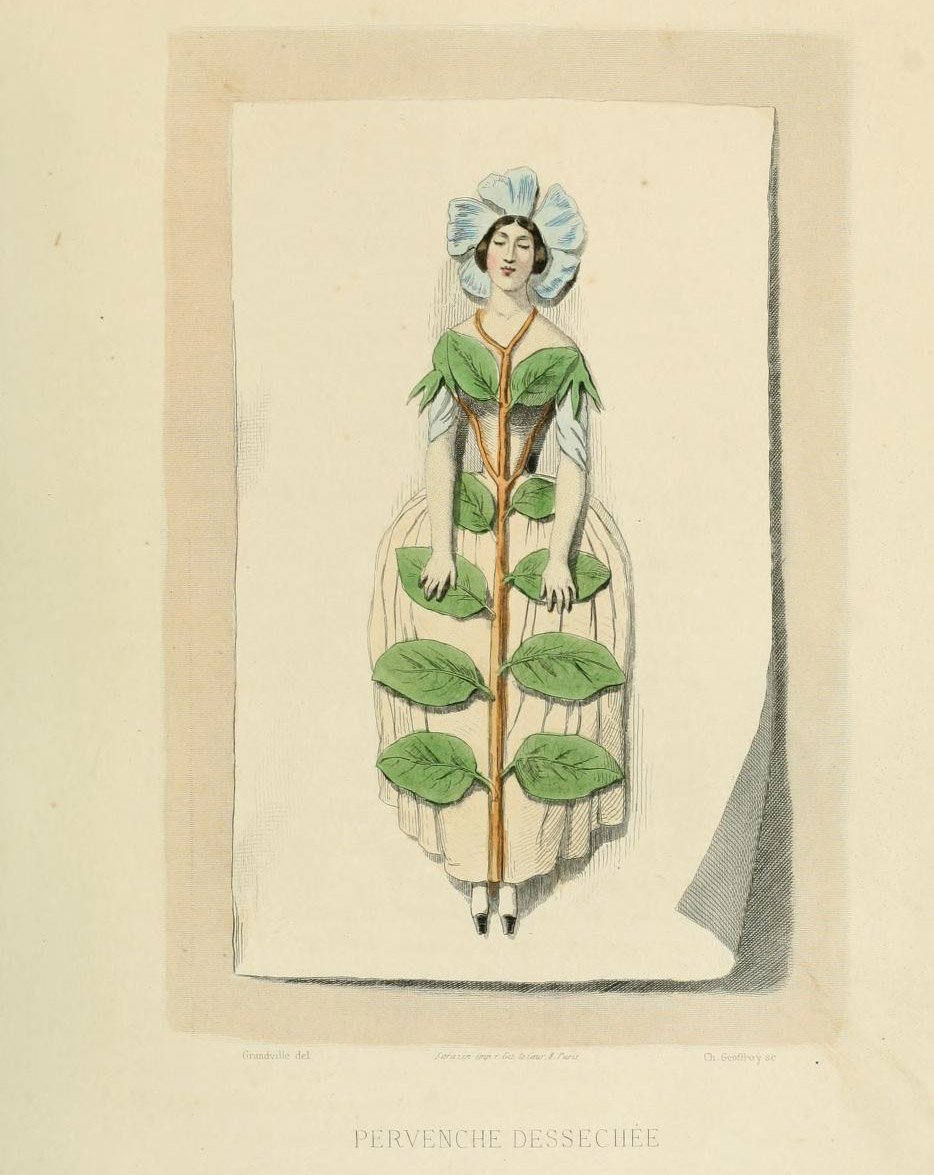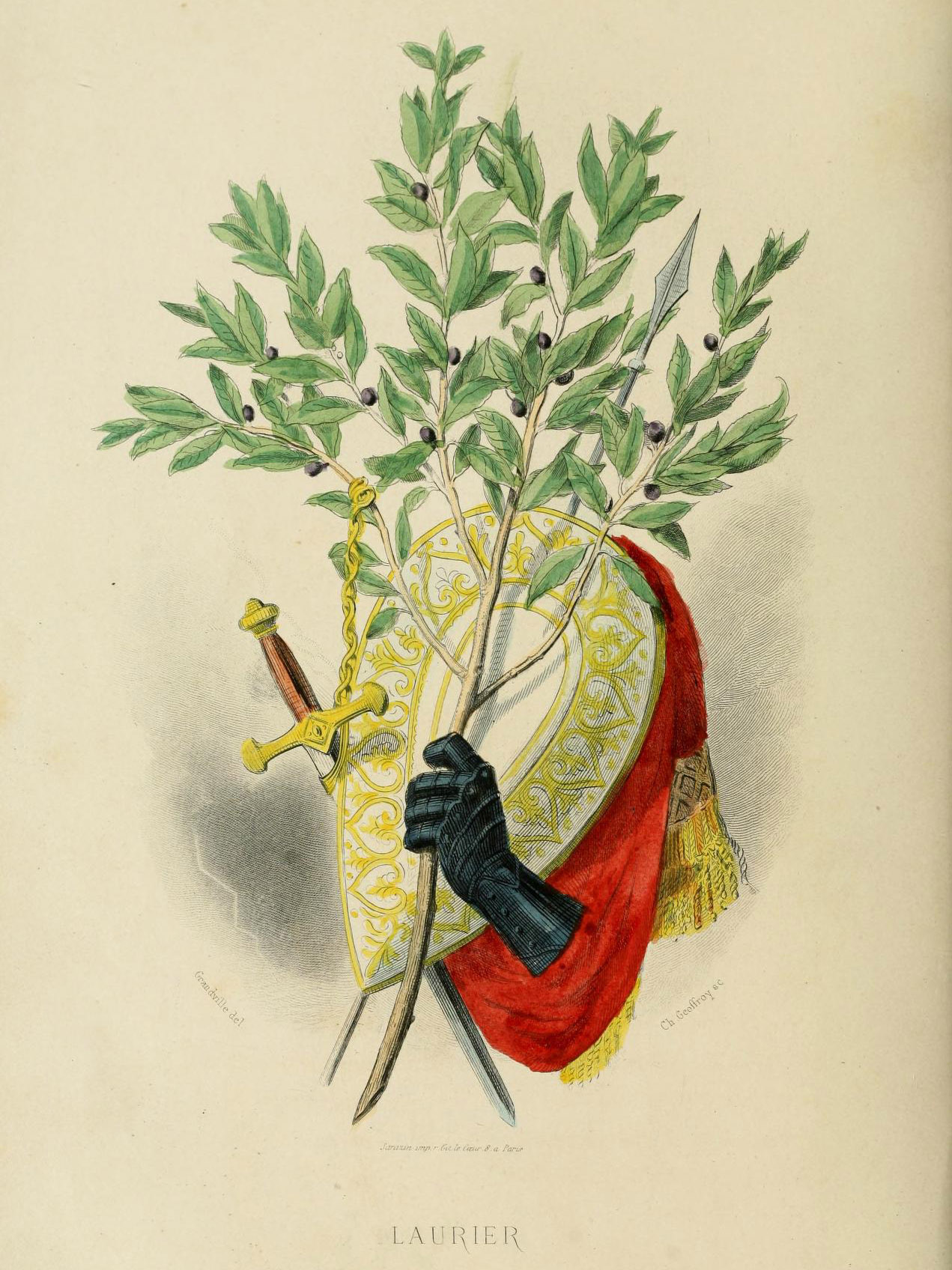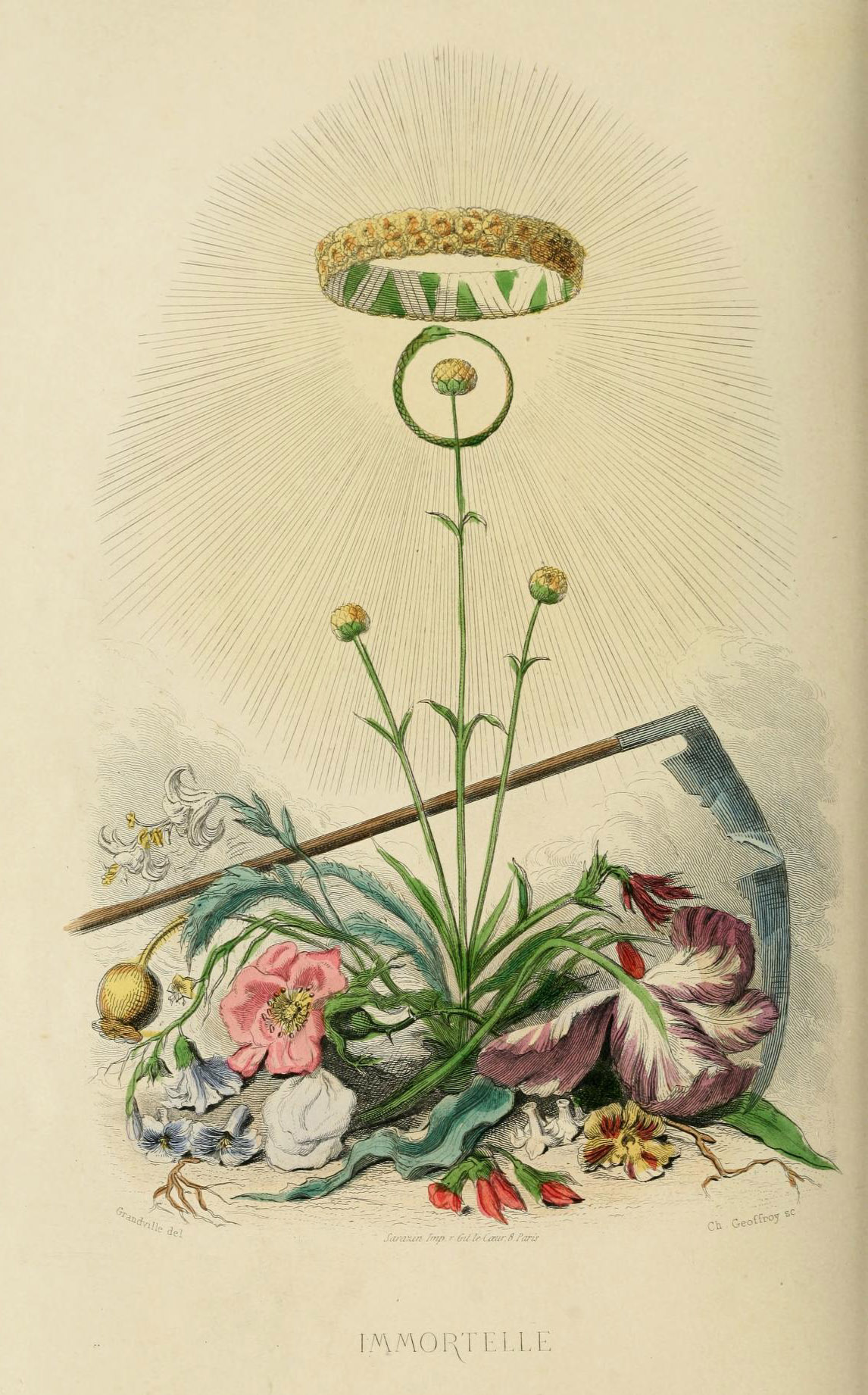Here’s a fun thing to do on a Wednesday evening if you’re in the area:
When the area now known as Lincoln Park was City Cemetery during the 1840s to 1860s, it was a regular smorgasbord for grave robbers — medical schools tended to have a “no questions asked” policy, and a fresh cadaver could pay as much as a month in the coal mines.
Author and tour guide Adam Selzer leads “pupils” on a walking tour of Lincoln Park, showing relics of the old cemetery, a tomb snooping demonstration, and repeating stories and quotes from the archives about all of the body snatching that took place on the grounds — featuring enough tricks of the trade to launch your very own career. Humorous, entertaining, and educational as all get out.
Tickets are $20.00, and all the details are at Atlas Obscura.


















